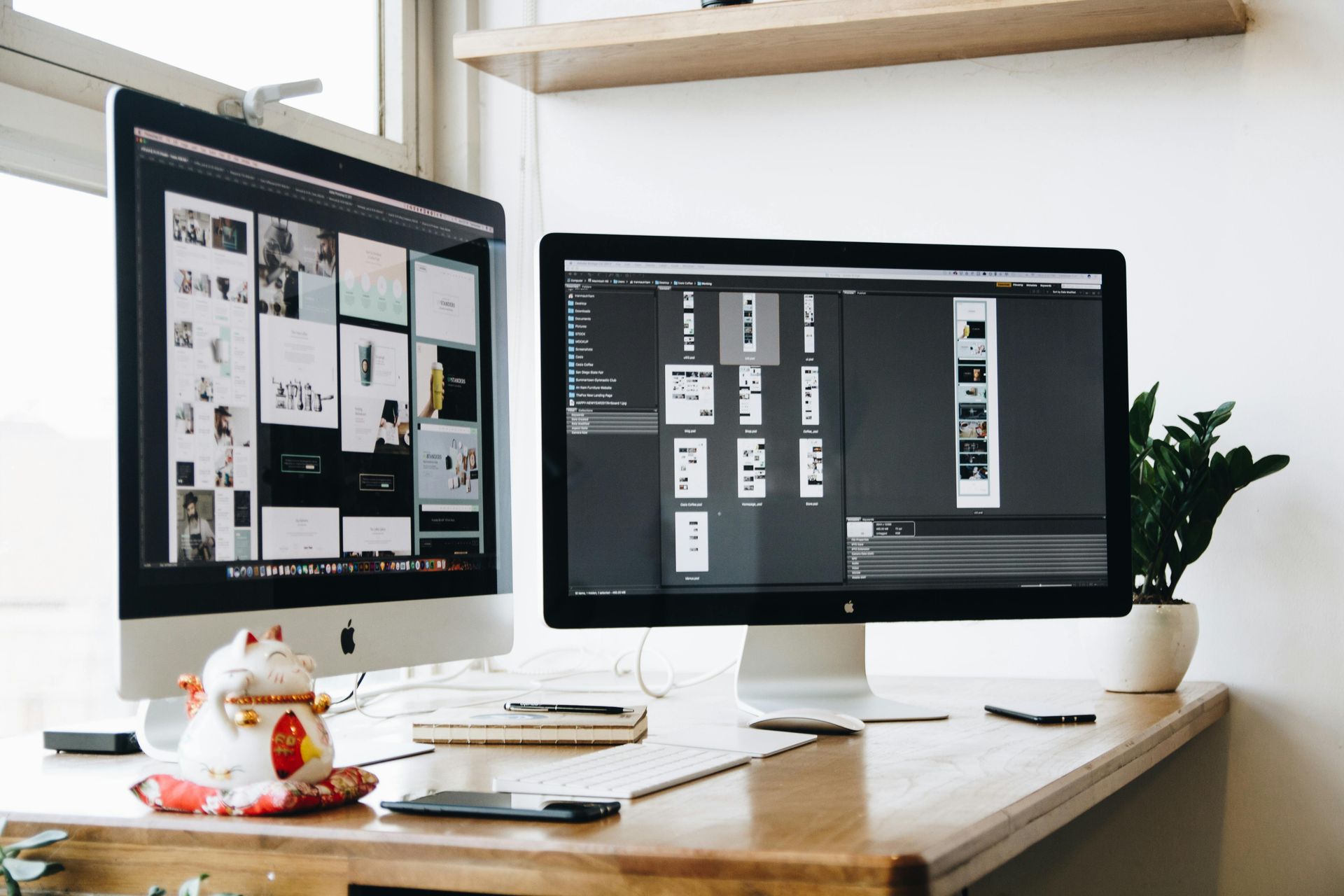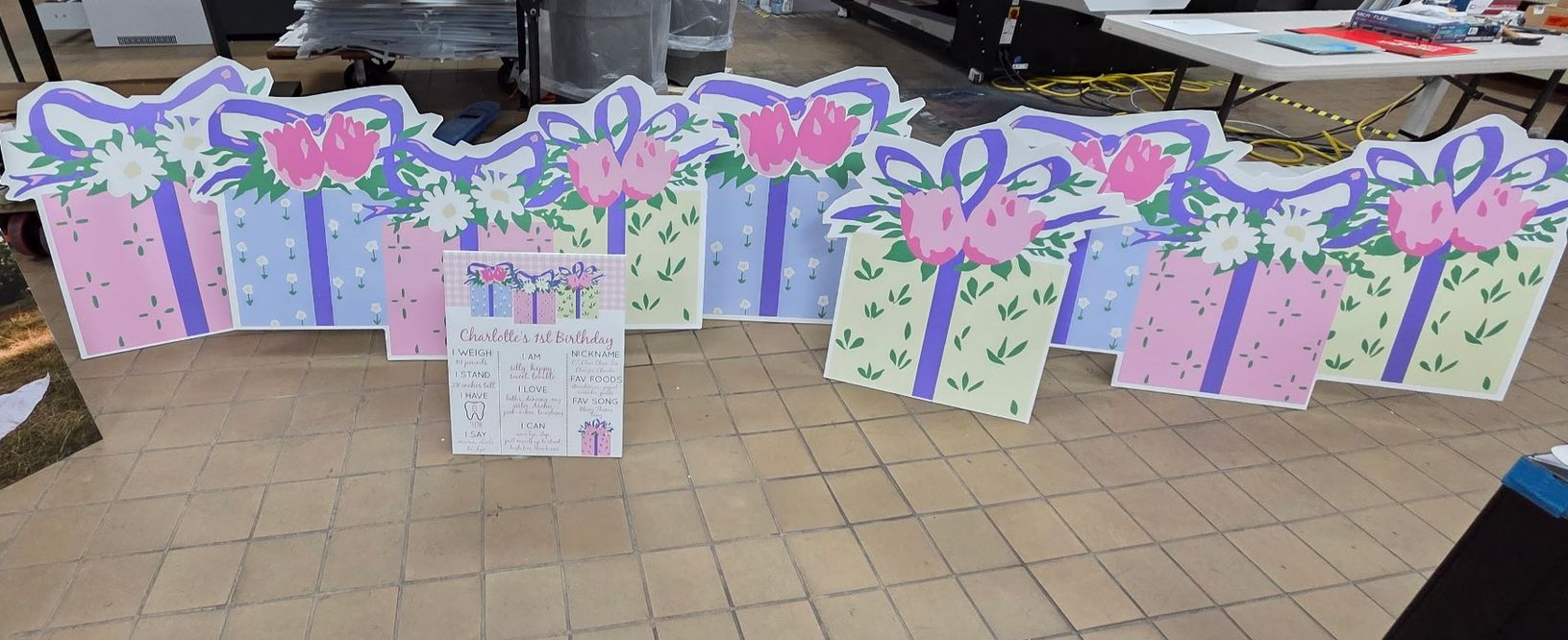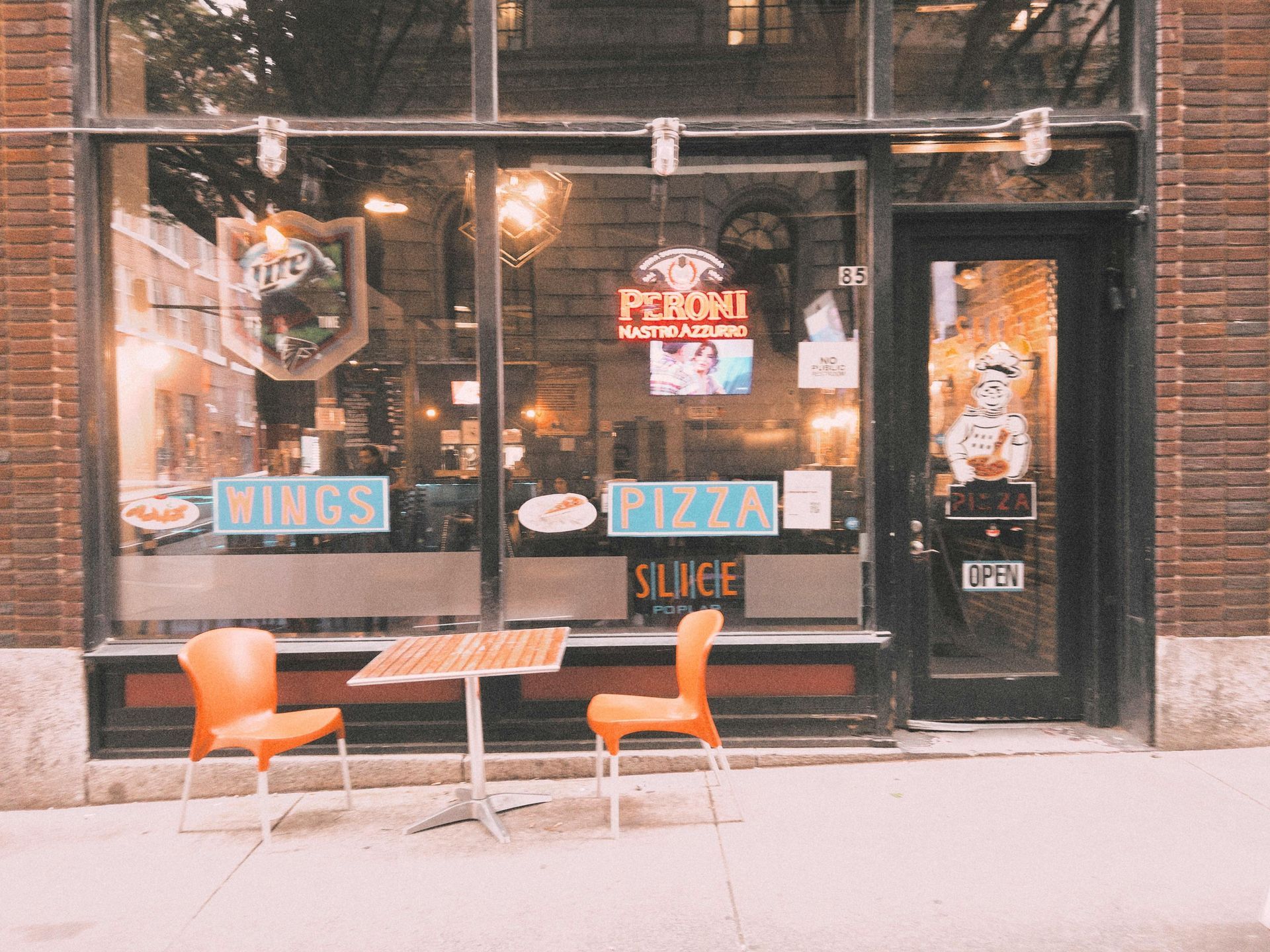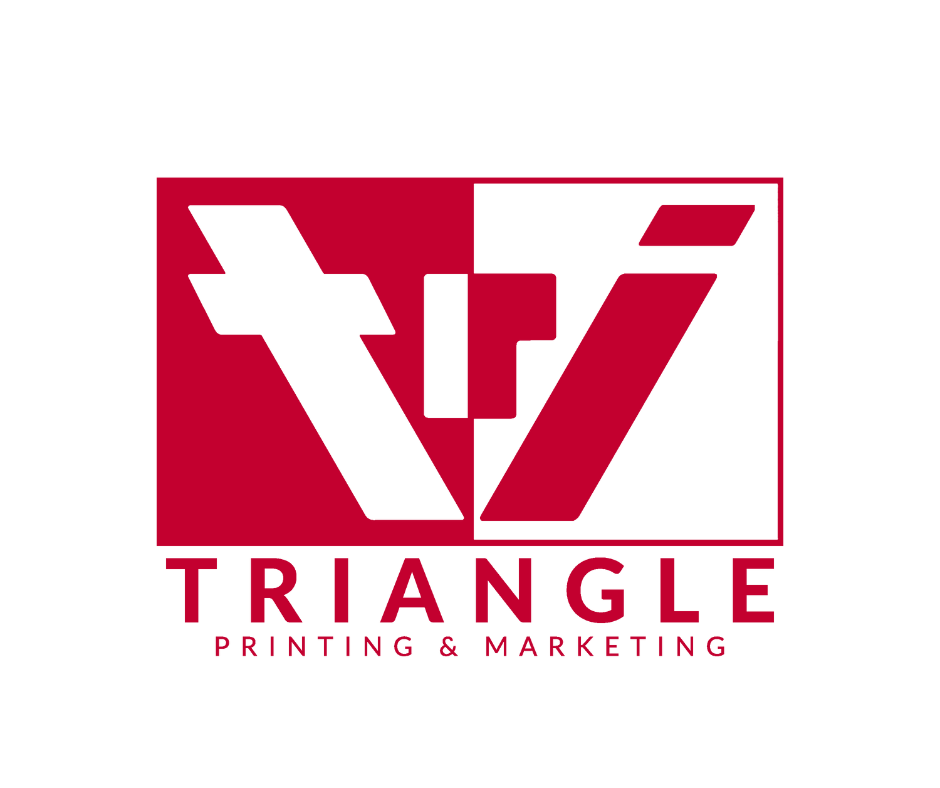Creative Ways to Use Promotional Products for Marketing Events
Creative Ways to Use Promotional Products for Marketing Events
Promotional products are powerful tools for increasing brand visibility and leaving a lasting impression on event attendees. From trade shows to corporate gatherings, leveraging promotional items creatively can significantly amplify your marketing strategy. Here are some innovative ways to use promotional products for marketing events:
Interactive Giveaways: Instead of simply handing out promotional items, create interactive experiences that engage attendees. Set up game stations or scavenger hunts where participants can win branded merchandise as prizes. This generates excitement but also encourages active participation and interaction with your brand.
Themed Swag Bags: Customize swag bags with a theme that reflects the event's purpose or your company's brand identity. Include a variety of promotional products such as branded apparel, tech gadgets, and office supplies that align with the theme. By curating a thoughtful and cohesive swag bag, you improve the perceived value of the items and make a memorable impression on recipients.
Social Media Contests: Harness the power of social media by hosting contests or giveaways that feature promotional products as prizes. Encourage attendees to share photos or posts about your event using a specific hashtag to enter the contest. This generates buzz and increases event visibility while also extending your reach to a wider audience online.
VIP Gifting: Treat special guests or VIP attendees with exclusive branded gifts that go above and beyond traditional promotional items. Personalized gifts such as engraved watches, premium leather accessories, or gourmet gift baskets add a touch of luxury and appreciation. This VIP gifting strategy fosters goodwill and strengthens relationships with key stakeholders.
Branding Opportunities: Explore unconventional branding opportunities beyond the typical logo placement on promotional products. Consider incorporating QR codes, and/or custom packaging designs that enhance the brand experience. By thinking outside the box, you can create memorable and immersive brand interactions that resonate with attendees for memorable moments.
Sustainability Initiatives: Demonstrate your commitment to environmental sustainability by offering eco-friendly promotional products at your event. Choose items made from recycled materials, organic fabrics, or biodegradable plastics. Incorporate messaging about your sustainability efforts into event signage and promotional materials to raise awareness and inspire eco-conscious behavior.
The key to effectively using promotional products for marketing events lies in creativity, relevance, and engagement. By implementing promotional products into your marketing campaigns, you can foster meaningful connections with attendees, and encourage success for your growing brand.
If you’re interested in creating customized promotional products for your business, Triangle Printing and Marketing has an extensive list of products to choose from. There is truly something for everybody, and for every season. If you’re not sure where to begin, give us a call and we’ll be more than happy to help guide you towards what you’re looking for.



